VISUAL DISPLAYS OF TIME.

Luxury clock The expensive Atmos 568 ($27,000+tax) tells the time, the month and the phase of the moon, and is powered by a gas-filled capsule. It’s close to perpetual motion, as just a one-degree temperature shift can drive it for two days. Designed by Marc Newson, who is part of Apple’s design team.
Sundial Often seen in gardens. Obviously not very effective on cloudy days. This one is indicating 3:15.
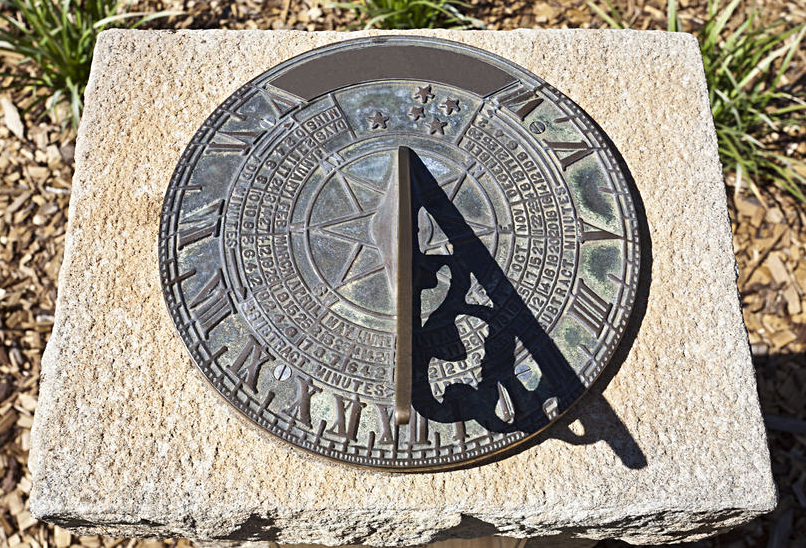
(Photograph © Antonio Ribeiro/123rf)
They are sometimes much larger and more elaborate, like this one in London. It was designed by Wendy Taylor, a sculptor.
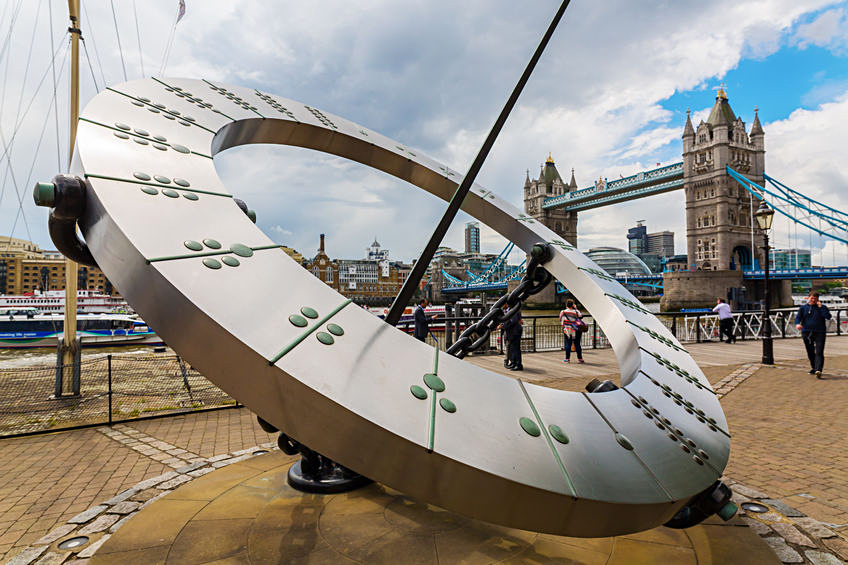
(Photograph © Christian Mueller/123rf)
Of course, any tall object is potentially a gnomon (the center part of a sundial), and the Washington Monument is a good possibility. Some numbers on the ground are all that’s needed to convert it into a very large clock.

Or go smaller and get a sundial wristwatch: https://www.helios-sonnenuhren.de/en/helios-watch
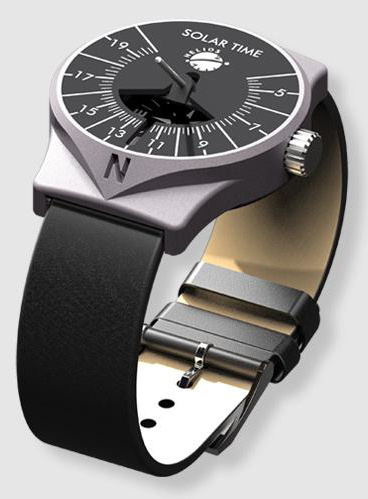
Hourglass There’s something compelling about watching falling sand indicate the passing of time. No idea why.

(Photograph © stokkete/123rf)
Swiss simplicity This classic clock was designed in 1944 by Hans Hilfiker, who worked as an engineer for the Swiss Railway.

(Photograph: Daniel Sparing)
Personal time Juan Velasco, the infographics maestro, once described his watch as his favorite infographic. I’ve made it clear in previous posts that I love a good watch. I can’t afford this one, but I want it.

One year “The Present” tracks the seasons. Not sure why this is particularly helpful, but it looks good on the wall. “Oh look, we’re halfway through winter!” If you’re interested, you can get it here: goo.gl/qKdr9A
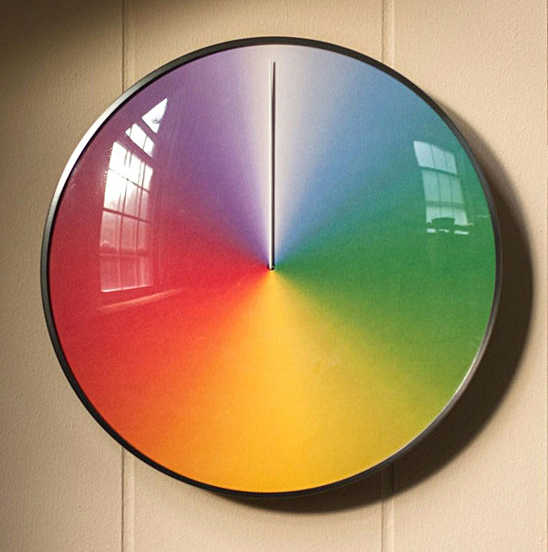
10,000 year clock The first prototype of “The Clock of the Long Now” is in London’s Science Museum. It’s eight-feet-tall (2.4 meters). The full-size clock will, in theory, be able to operate for 10,000 years, with proper maintenance. That 200-feet-tall (61 meters) version is being built inside a mountain in Texas on land owned by one of the project’s backers, Amazon’s Jeff Bezos.

(Photograph: Rolfe Horn)
The big picture An infographic that I made for “In Graphics” issue 5 contained my take on an old schoolroom favorite: Our entire history as if it happened over a 24-hour period.
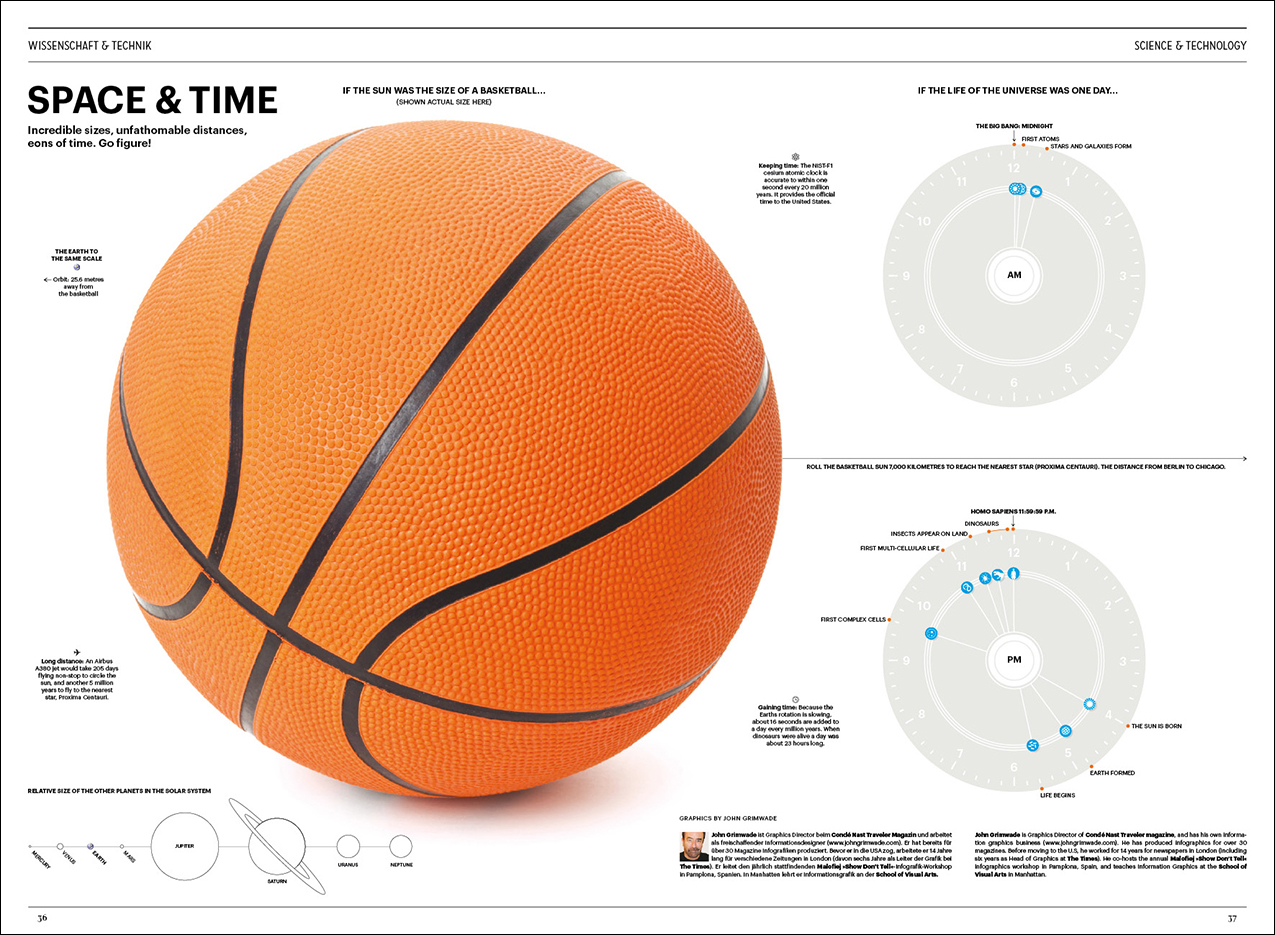
The time section is shown below. Note how the dinosaurs were around a lot longer than we have been (so far).
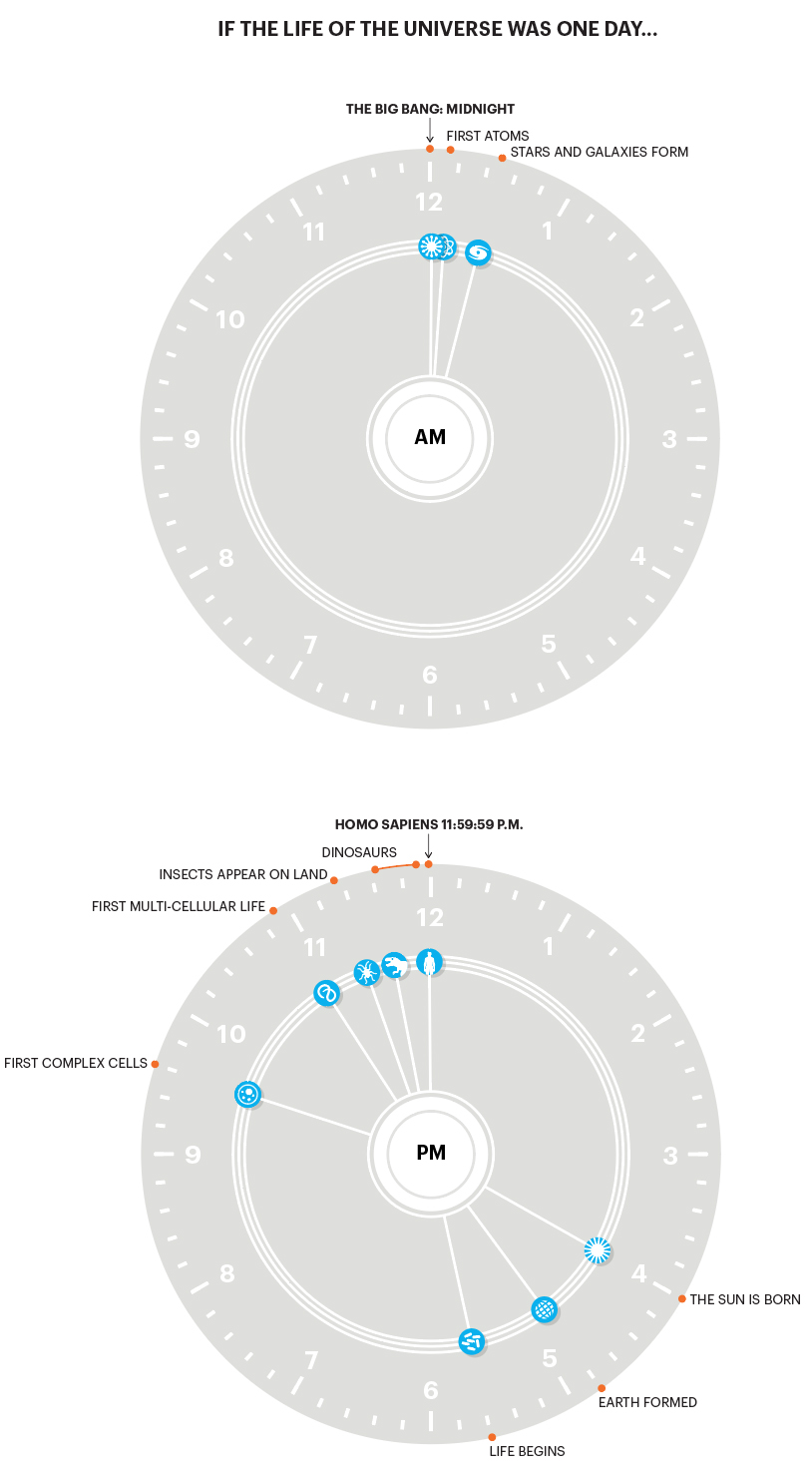
See a preview of “In Graphics” issue 10 here: https://www.johngrimwade.com/blog/2017/07/06/in-graphics-2/
Example spreads from the first nine issues are here: https://www.johngrimwade.com/blog/2017/07/03/in-graphics-1/
